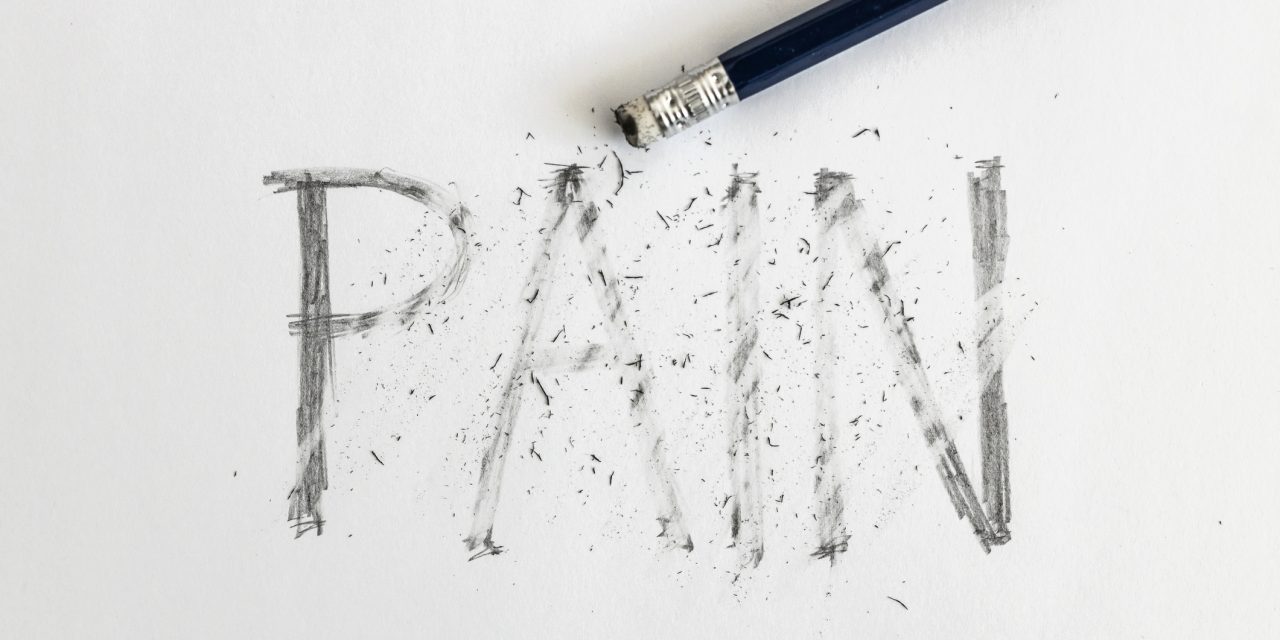Continuous pulse oximetry (Spo2) monitoring may be overused in children with bronchiolitis, new study findings showed. With leading guidelines already recommending a more judicious approach to Spo2 in this subpopulation, experts wrote that clinicians should consider ways to discontinue the practice when not medically appropriate.
“Monitoring with continuous pulse oximetry was frequent and varied widely among hospitals,” wrote study first author Christopher Bonafide, MD, a pediatric hospital medicine researcher with Children’s Hospital of Philadelphia, and colleagues, in JAMA. “Because of the apparent absence of a guideline- or evidence-based indication for continuous monitoring in this population, this practice may represent overuse.”
General guidance from the American Academy of Pediatrics and the Society of Hospital Medicine, the latter through the well-known Choosing Wisely campaign, has counseled clinicians to consider foregoing the practice as a matter of routine care. Problems associated with the practice include longer length of stay, increased costs, and a chance Spo2 monitor alarms might contribute to “alarm fatigue,” which can increase distraction in the care environment. The total cost of waste in the U.S. health care system ranges as high as $101.2 billion, experts noted.
Bonafide and colleagues aimed to determine the extent of continuous Spo2 monitoring in hospitalized children with bronchiolitis who did not require supplemental oxygen.
“The primary hypothesis was that continuous Spo2 monitoring use would exceed 30% in the population specified,” Bonafide and colleagues wrote. “To our knowledge, this is the first study to measure continuous Spo2 monitoring use in patients with bronchiolitis using direct observation.”
Researchers ultimately conducted 3,612 in-person patient observations in 33 freestanding children’s hospitals, 14 children’s hospitals within hospitals, and 9 community hospitals over a 4-month period. Of the 49 participating hospitals where at least 20 observations occurred, the median number of observations per hospital was 63. None of the patients in the study were receiving supplemental oxygen or nasal cannula flow at the time of data collection.
In the final results, the overall percentage of study patients who received continuous Spo2 monitoring was 46% ([95% CI 40%-53%]; 2-sided P<.001). Among the 49 hospitals in the study where at least 20 observations occurred, unadjusted use of continuous Spo2 monitoring ranged from 2%-79% for the 30 freestanding children’s hospitals (hospital-level median 40%), from 7%-92% for 12 co-located children’s hospitals (hospital-level median 58%), and 22%-77% for 7 community hospitals (hospital-level median 48%).
Overall, the data revealed wide variation in use—6%-82% after standardization. Interestingly, freestanding and co-located children’s hospitals and community hospitals accounted for outliers on both the high and low ends of the usage graph, a finding Bonafide and colleagues said could mean that “the scope of pediatric services offered did not affect the use of continuous pulse oximetry.”
“The current study provides evidence suggesting continuous Spo2 monitoring overuse in children with bronchiolitis, despite national guidelines discouraging its use in this population, and has additional broader implications,” Bonafide and colleagues wrote.
Variables associated with continuous Spo2 use included younger age combined with full-term or preterm birth, shorter time since weaning from supplemental oxygen, documented apnea or cyanosis, the use of an enteral feeding tube, and nighttime observation.
According to the study team, the new data could be food for thought for addressing this and similar issues where clinical overuse may be in play. One potential framework for these considerations is a burgeoning school of thought around reducing, replacing, or ending wasteful or low-value clinical practices.
“There is an emerging science of deimplementation: the systematic, structured reduction or elimination of low-value care practices, that may inform efforts to reduce monitoring overuse,” Bonafide and colleagues wrote. “This project represents essential first steps in deimplementing an overused low-value care practice: measuring ’baseline’ or ’usual care’ practices, measuring contextual contributors to overuse, and identifying outlier sites to begin the process of assessing barriers and facilitators to deimplementation.”
Study limitations identified by the authors include the possibility that the convenience sampling approach resulted in a sample that did not accurately represent the wider population
In an accompanying editorial, Christine Cheston, MD, and Robert Vinci, MD, pediatricians with Boston University School of Medicine in Massachusetts who were not affiliated with the study, wrote that deimplementation can be a surprisingly difficult—but worthwhile—challenge.
“At a time when implementation science is helping to bring evidence-based practices to the bedside, an even greater challenge for physicians is to advance deimplementation science as an equally necessary strategy to reduce overused care practices,” Cheston and Vinci wrote.
Regardless of what may come next, editorial authors noted that the study results in themselves shed new light on a practice that appears to carry scant clinical upside when there is no indication for its use.
“The study by Bonafide and colleagues establishes a quality ’baseline’ for institutional comparison and elucidates patient-level factors associated with overuse of continuous pulse oximetry, thereby identifying specific targets for institutions motivated to improve value of medical care for patients with bronchiolitis,” Cheston and Vinci wrote. “…Bonafide and colleagues have laid the groundwork for pediatricians to reflect on the benefit of a simple intervention, such as continuous pulse oximetry monitoring, and to determine strategies to use it appropriately in patients with bronchiolitis.”
-
A total of 46% of hospitalized children with bronchiolitis who were not receiving supplemental oxygen received continuous Spo2 monitoring, leading investigators to suggest that the monitoring is overused.
-
Clinicians should consider ways to discontinue the practice when not medically appropriate.
Scott Harris, Contributing Writer, BreakingMED™
No source appearing in this article disclosed any relevant financial relationship with industry.
Cat ID: 138
Topic ID: 85,138,730,138,192,195,925


